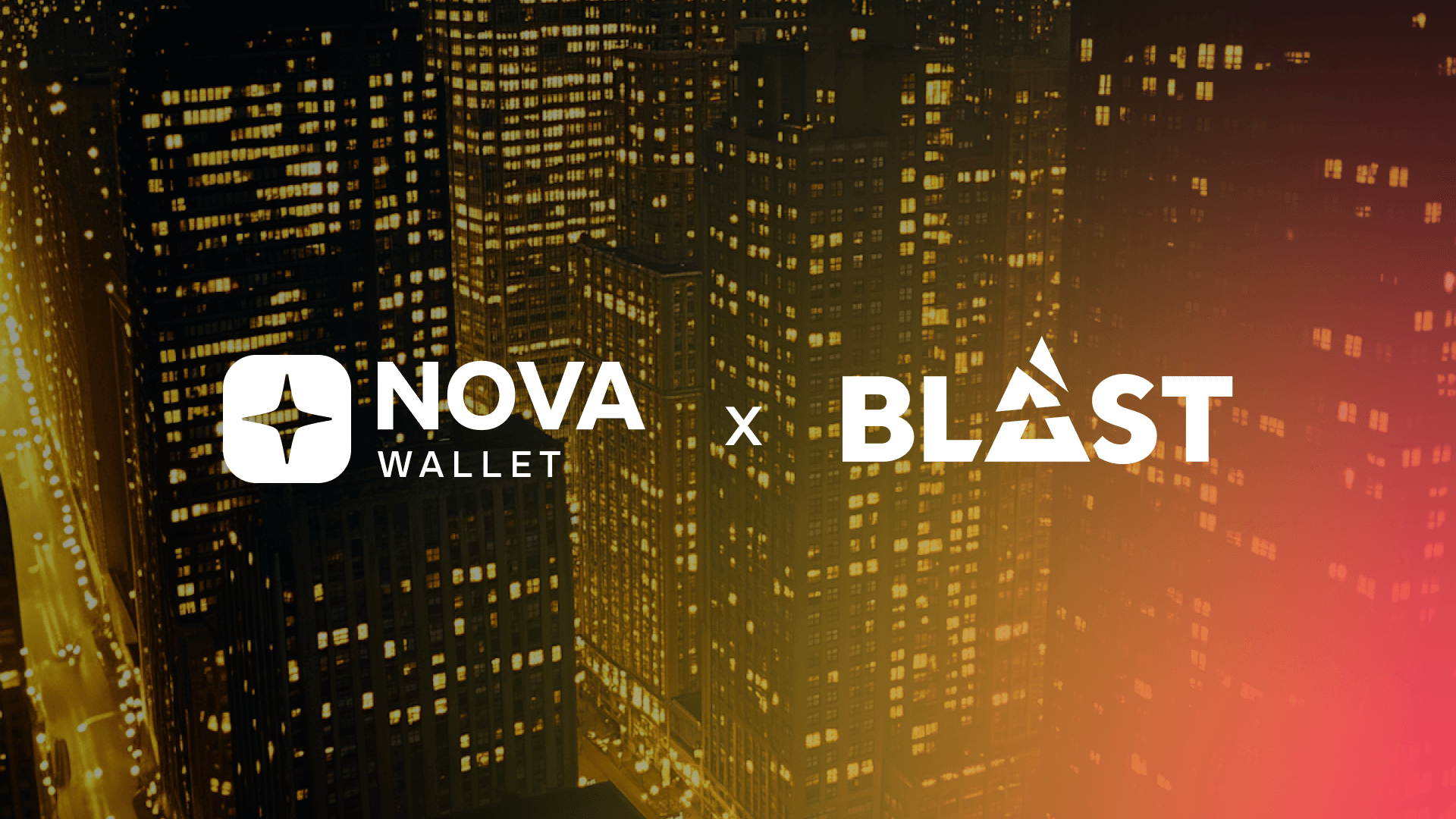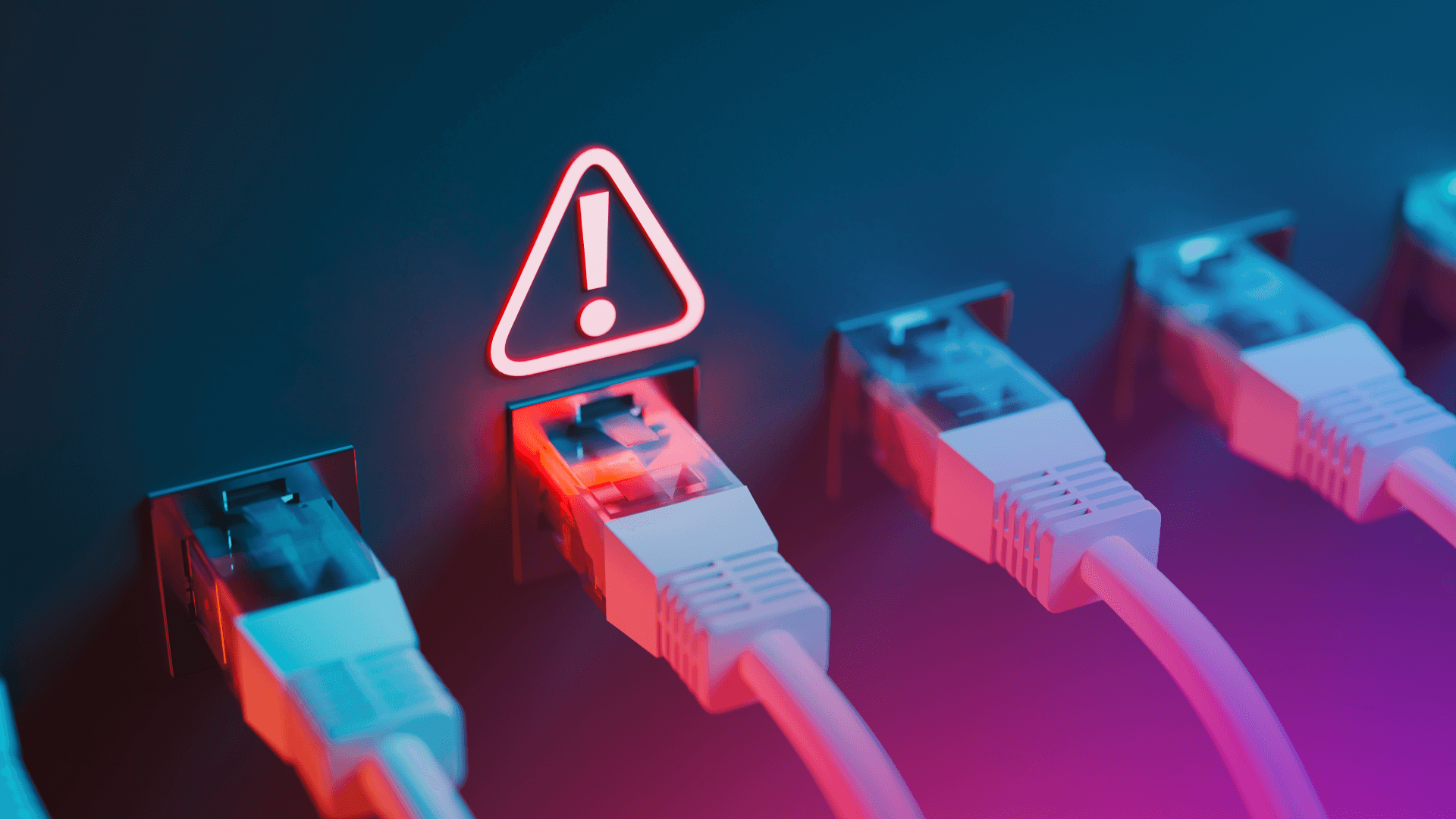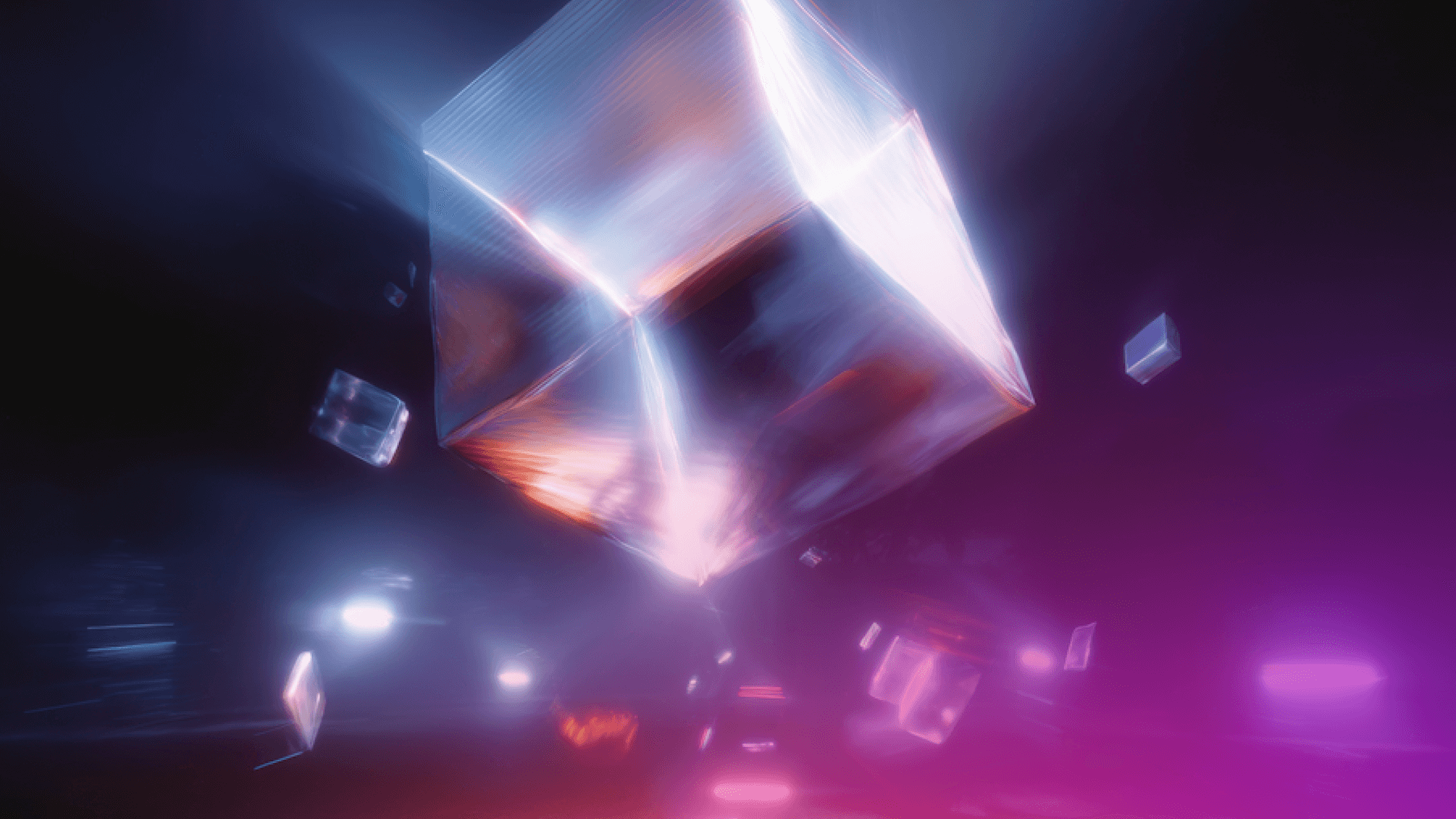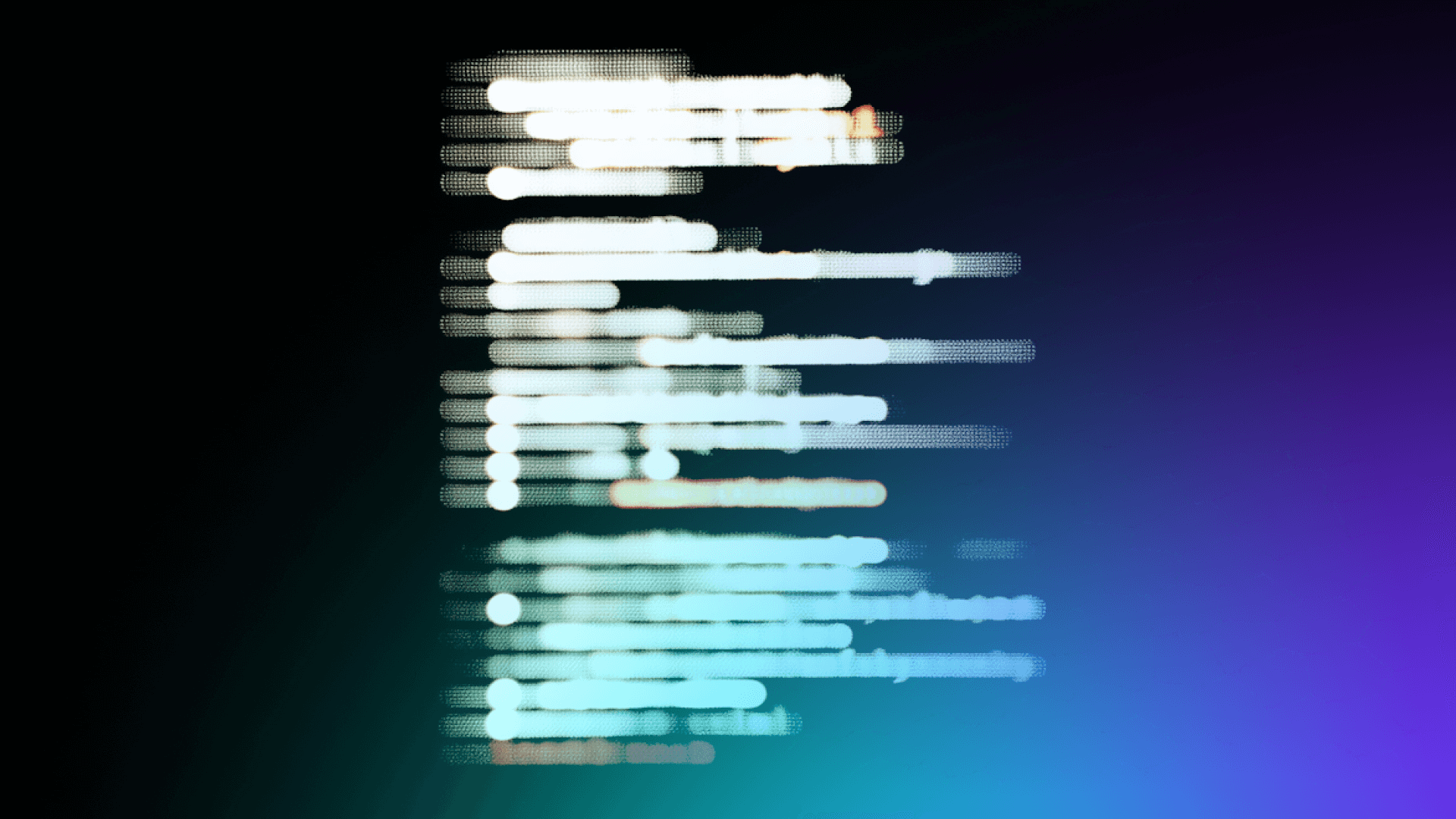What is a DAO? How decentralized communities are reshaping governance
DAOs are changing how communities organize online. Learn what a DAO is, how decentralized governance works, the different types of DAOs, and how you can participate in blockchain-powered decision-making.
 By Joey Prebys•March 28, 2025
By Joey Prebys•March 28, 2025
What you can expect
- How governance models evolved from top-down hierarchies to decentralized systems
- The different types of DAOs and what they are designed to do
- What powers a DAO behind the scenes, from smart contracts to token voting
- The opportunities and challenges that come with decentralized governance
- How to find a DAO that fits your interests and get involved
Anyone who has tried to plan a group trip knows how messy decision making can get. One person books a hotel, someone else misses the budget, and nobody agrees on dinner. Now imagine trying to coordinate not just five people, but five thousand, across time zones, with shared resources and real stakes.
That is where DAOs come in.
A DAO, or decentralized autonomous organization, is a new model for blockchain-based governance. It allows internet-native communities to build, fund, and manage projects without relying on a CEO or traditional hierarchy. Decisions are made collectively, enforced by code, and open for all to see.
This shift toward community-driven decision making is gaining momentum as a meaningful tool for organizing online. As the world’s largest DAO, Polkadot DAO offers a prime example of how this works in practice, showing what is possible when governance is transparent, collaborative, and decentralized from the start.
DAO history: From pyramids to protocols
DAOs are the latest step in a long evolution of how people organize and make decisions together, now encoded in software.
Traditional organizations follow a top-down model: CEOs decide, managers enforce, and employees execute. This structure works well in hierarchical environments but can stifle creativity and slow innovation in fast-moving, knowledge-driven fields.
Flat organizations have gained popularity as a way to address those challenges, offering more autonomy and fewer layers of management. But without structure, they often run into confusion and scaling issues.
To address those shortcomings, some turned to Holacracy, a management system that replaces traditional hierarchies with self-managed roles. It tries to strike a balance between structure and autonomy by distributing authority across teams, but the results have been mixed.
Then came DAOs
DAOs turned decentralization into the foundation of how an organization could run. Instead of managers or executives, DAOs use smart contracts and token-based voting to govern everything from budgets to protocol upgrades.
They combine flat organizational ideals with rule enforcement through code. In theory, it is more democratic. In practice, it depends on participation and influence.
Many DAOs add forums, working groups, and community calls to provide context before any onchain vote. The result is an organization that is automated at the core but still shaped by human input.
The DAO that started it all
The first ever DAO, called simply The DAO, launched in 2016 as a decentralized venture fund on Ethereum. No managers, no middlemen.
It raised over $150 million in ETH, making it the largest crowdfunding event of its time. But a vulnerability in the code allowed an attacker to siphon off about $60 million into a separate account. The incident sparked intense debate and raised serious questions about security, trust, and how decentralized systems should respond in moments of crisis.
The DAO became a defining moment that continues to influence how we think about decentralized governance today.
Inside the DAO multiverse
DAOs vary widely in purpose and structure. Most fall into a few broad categories.
Protocol DAOs
Govern the ongoing development and operations of decentralized protocols.
- Polkadot DAO: Coordinates the direction and community decisions of the Polkadot ecosystem
- MakerDAO: Governs the DAI stablecoin and collateralized lending system
- Lido DAO: Oversees the Lido liquid staking protocol and its integrations across chains
Venture DAOs
Community-run investment groups where members pool capital and vote on early-stage opportunities.
- OrangeDAO: A DAO of Y Combinator alumni funding Web3 startups
- BitDAO: One of the largest treasury DAOs focused on supporting Web3 growth
- Seed Club: Incubates and invests in internet-native communities
Social & Media DAOs
Center around shared values, identity, or creative collaboration.
- Friends With Benefits (FWB): A social DAO for creatives, thinkers, and builders
- Boys Club: A community centered on inclusion and onboarding more women and nonbinary folks into crypto
- Bankless DAO: Produces newsletters, podcasts, and educational content about going bankless
Grant & Philanthropy DAOs
Support builders, open-source projects, and underrepresented causes through transparent, community-led funding.
- Aave Grants DAO: Distributes grants to projects building within the Aave ecosystem
- Gitcoin DAO: Funds open-source and public goods through community-led rounds
- AthenaDAO: Funds underrepresented research in women’s health through community-driven grantmaking
How do DAOs work?
At its core, a DAO is a system of shared rules written in code. These rules live on the blockchain, which makes them transparent, tamper-proof, and often self-executing. It allows people to coordinate and make decisions without a central authority.
What makes a DAO?
Most DAOs rely on a few basic components:
- Smart contracts: These define how the DAO operates, including who can vote, how proposals work, and when funds move.
- Governance tokens: These tokens give holders voting power. The more tokens you hold or have delegated to you, the more influence you have.
- Onchain voting: Most DAOs vote on the blockchain, so results are verifiable. Some also use offchain tools like Snapshot for lower-stakes polls.
DAOs use a range of governance methods, from simple majority and quorum-based voting to more advanced systems like delegation, conviction voting, or multisig approval. Some combine mechanisms for more flexibility and accountability.
The role of crypto in DAOs
None of this works without crypto. Blockchains allow communities to share a single source of truth. Tokens distribute influence. Smart contracts enforce decisions.
In Polkadot’s OpenGov system, proposals do not just get voted on; they are voted on onchain and automatically executed onchain. If a proposal gains enough support and stays above a threshold long enough, the outcome takes effect without human intervention. This kind of system blends governance with automation, almost like a built-in escrow that only releases when conditions are met.
Benefits and challenges of DAOs
DAOs bring transparency, open participation, and shared ownership to the table. But they also come with challenges, including low voter turnout, unclear legal frameworks, complex governance, and technical risks.
On the upside, proposals, votes, and treasury movements are visible to everyone. Anyone with tokens and an internet connection can participate, which makes governance more global and inclusive. Power shifts from a CEO to token holders.
At the same time, participation can be uneven. Short voting windows, complicated interfaces, and large token holders can lead to outcomes that do not reflect the broader community. In some cases, legal ambiguity adds uncertainty, as seen in Ooki DAO, where a U.S. court ruled that governance token holders could be held liable for decisions made by the DAO. And like any software-based system, DAOs can be vulnerable to smart contract bugs or wallet exploits.
This is why governance design matters. From proposal processes to how decisions get implemented, strong systems need to be clear, flexible, and resistant to manipulation. Polkadot’s OpenGov model is one example. It uses proposal tracks, conviction voting, and automatic onchain execution to support transparent and reliable decision-making.
Real-world DAOs in action
DAOs operate in different ways depending on their mission and community. Some focus on protocol governance, while others organize around climate action, investment, or infrastructure. Here are three examples that show the range of how decentralized governance can work.
Uniswap DAO oversees the decentralized exchange with a treasury worth more than $2.5 billion. UNI holders propose, vote on, and execute changes through onchain governance. A Timelock contract adds a short delay before implementation, creating time for review. This model has influenced many DAOs aiming to balance openness with structure.
KlimaDAO focuses on climate impact by bringing carbon credits onchain and creating financial incentives to retire them. A community-elected board, climate experts, and regular discussions help steer the DAO. Since 2021, it has helped bridge over 25 million carbon credits and worked with projects like Polygon to offset emissions.
Delegated governance in action
Polkadot’s OpenGov system allows DOT holders to delegate their voting power to individuals or groups who are actively involved in governance. This makes it easier for more people to participate while ensuring that informed and engaged voices are guiding decisions.
To support this approach, the Web3 Foundation launched the Decentralized Voices program. It provides additional delegation to grassroots groups that demonstrate consistent, thoughtful participation. These groups help shape proposals and keep the wider community informed.
Governance is not one-size-fits-all
Governance varies widely across DAOs and networks, depending on their structure and goals.
Snapshot is a popular offchain voting tool that lets token holders vote without gas fees. It is often used for gauging sentiment on proposals that do not require onchain execution. The process is simple and accessible, which helps boost participation.
Jokerace brings a more playful approach to governance. It turns voting into a contest, inviting community members to submit and rank ideas. This format can spark creativity and engagement, especially in community-driven DAOs.
OpenGov, Polkadot’s advanced onchain governance system, is more structured. It uses time-based proposal tracks, conviction voting, and automatic execution. This setup supports transparency and precision while reducing the need for intermediaries.
Each of these tools reflects different priorities—whether that is experimentation, simplicity, or rigor in how decisions get made.
How to join a DAO
There’s no formal application to join most DAOs. If one of the DAOs mentioned above caught your attention, that could be a good starting point. Or you can jump right into the Polkadot DAO, where holding DOT gives you a say in the direction of the Polkadot ecosystem.
To participate, you’ll usually need the DAO’s governance token. Some, like DOT, are available on major crypto exchanges. Others may require using a decentralized exchange to swap ETH or another token for the one you need.
Once you have the token, the next step is getting involved. DAOs usually organize through chat apps like Discord or Telegram, where members discuss proposals, share updates, and coordinate work. Holding a token gives you voting power, but showing up and contributing is what really makes you part of the community.
The future of governance is already here
DAOs are changing how communities organize, govern, and build online. They offer a new way to collaborate with transparency, shared ownership, and global participation at the core.
As governance models evolve and tools become more accessible, DAOs are moving beyond crypto and into broader industries. With strong design and interoperable networks like Polkadot, they are positioned to grow in both scale and impact.
If you are curious about decentralized governance, now is the time to explore it. Polkadot’s DAO ecosystem, with its 1.43+ million members, is a great place to start.











